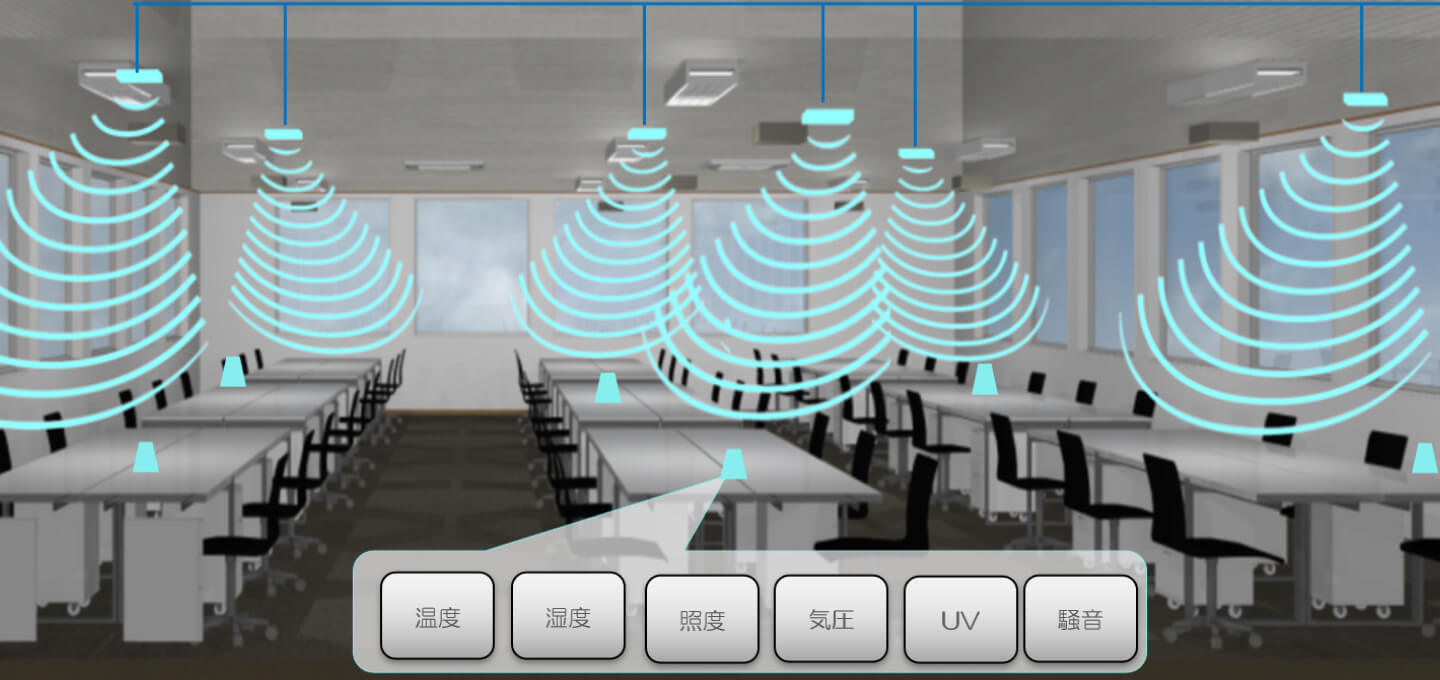

| Company Name | Aeterlink, corp. |
|---|---|
| Homepage | https://aeterlink.com/ |
| Headquaters | JAPAN |
Aeterkink is a startup from Stanford University aiming to accomplish a digital world without wiring by developing wireless power supplies. Our representative, Tanabe, has been conducting biomedical research at Stanford University for 9 years. His series of studies has led to the creation of the world’s smallest pacemaker. The development of this pacemaker involved research of wireless power supplies to create a power source outside of the body while the device is planted inside of the body. Aeterlink has several unique patents on both the transmitter and receiver sides. The company has achieved power supply efficiency that is about 20 times more efficient than conventional microwave wireless power supplies. Its technology is capable of (1) long-distance power supply from up to 17m away, (2) two-way data communication, and (3) supplying power at any angle. We are currently working on several projects in partnership with companies in various industries, such as building management, FA, and biotechnology. Moreover, we expect our technology to be a key part of the creation of digital twins. Big data is required to create a digital twin and a large number of edge devices (e.g., various sensors) for support are also necessary. Utilizing wireless power supplies makes it possible to gather data in a range that would not be possible using conventional technologies such as wiring and batteries due to cost and person-hour issues. Aeterlink aims to provide new values to the world and open markets in partnership with various companies.
To realize task/ambient air conditioning, we have confirmed the practicality of wireless power supplies in actual environments by conducting simulations that assume using in actual office environments.
Testing the supply amount and transmission distance of our wireless power supply technology in actual environments
Takenaka Corporation Tokyo
In practice, power is supplied to LED lights and capacitors using microwave wireless power supplies with a 920 MHz band transmission and output of 1W to measure the power supply amount and transmission distance.
Testing the number and types of transmitters and the installation conditions required to make the entire office a wireless power supply space.
Diagram provided by Tokyo Tatemono Co.,Ltd.: In this test, we cut out a 12m square in the drawing and assumed a ceiling height of 2.8m, with a distance from the ceiling to the receiver of 2.1m.
Create a rough 3D map based on the drawing received from Tokyo Tatemono Co.,Ltd. and verify the amount of power supplied by the wireless power supply.
Aeterlink technology can be used to operate power-saving devices in real environments
Theoretically, the generation of highly efficient electromagnetic fields in an office environment is possible by installing transmitters on the ceiling at 6m intervals. Transforming the entire office into a wireless space allows for installing various power-saving devices without the need for wiring.
We used the results of (1) and (2) to conduct further PoCs with other major air conditioner manufacturers who are not involved in this program.
Testing whether an environmental sensor can be operated in an office environment.
A shielded room owned by the joint experiment partner (length x width x height: 7 x 11 x 3m)
Power was supplied to batteries and environmental sensor using a microwave wireless power supply with 920 MHz band transmission and output of 1W
under the assumed conditions of the actual environment (ceiling height/receiver installation height: 2.8 m/0.8 m). Moreover, the actual amount of power supplied was measured.
We delivered more than 20 times the amount of charge required by the environmental sensor (temperature/humidity, illuminance, CO2 composite type) that we plan to develop (The sensor is planned to be 0.05mW). Simulation results reveal that the wireless operation of an environmental sensor is entirely possible with our technology.
A task/ambient air conditioning system that uses a wireless operation sensor with a wireless power supply can now be created in an office environment.
This trial suggests a high possibility that power can be supplied to power-saving devices similar to the environmental sensors targeted in the PoC. Our goal is to create a digital space using a variety of sensors.
We believe that this project will enable the wireless operation of environmental sensors through our technology. In addition, we intend to carry out the required PoCs and development to enable us to commercialize the product by 2022.
In our next PoC, we plan to connect a sensor and an air conditioning system in an actual office to verify the practicality of task/ambient air conditioning using wireless power supplies. If your company is interested in participating in this process, please contact us. Our contact information is available below.
In addition, our technology can supply power not only to the main office environment but also to the back office. Our goal is to develop our business in various fields, such as power supplies for water leakage sensors.
Under the name of AirPlug® (referring to sensors that can be installed regardless of the location of power sockets, as if a power plug exists in the air), Aeterlink aims to expand its business to various industries, not limited to building management systems. The wireless power supply market is still evolving, with the law to be revised in May 2021. We hope to collaborate with many companies and open new markets across the world.
For inquiries, please contact Konishi at konishi@aeterlink.com
We will send you the latest events information and articles
or notify opening of application for each Onlab's Program, and more.